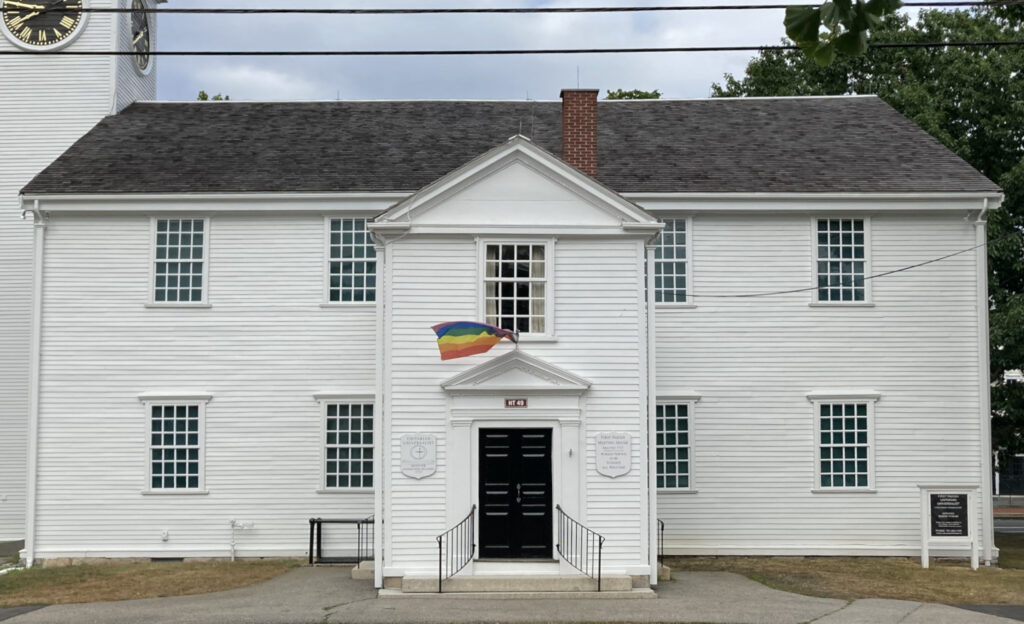BBC News has an article today on how Gen Z is an activist generation. The article has the usual platitudes, like Gen Z activists are different because they’re digital natives — um, we’ve heard the same thing about the Millennials. And Gen Z activists are different because they feel like there’s not much hope for the future — um, when I was a teenaged peace activist in the late 1970s, there was a high level of hopelessness among my peers around the high probability of a nuclear holocaust, and the certainty of environmental disaster. So yes, there are differences between Gen Z and previous generations, but I think journalists are playing up the differences more than reality indicates.
One thing I think the BBC piece gets absolutely right is that Gen Z is energizing older generations. I feel energized by Gen Z activism. And not internationally famous Gen Zers like Greta Thunberg, but rather the Gen Zers I’ve met face to face. Like the teens I got to know in California who organized Silicon Valley Youth Climate Action. Like the college music major I met this summer who’s using their music to promote activism. On the other hand, I’m not so thrilled with, for example, Gen Z anti-abortion activists. Yet I have to admit that those Gen Z anti-abortion activists also energize me, by making me more committed to regaining legal access to abortion.



